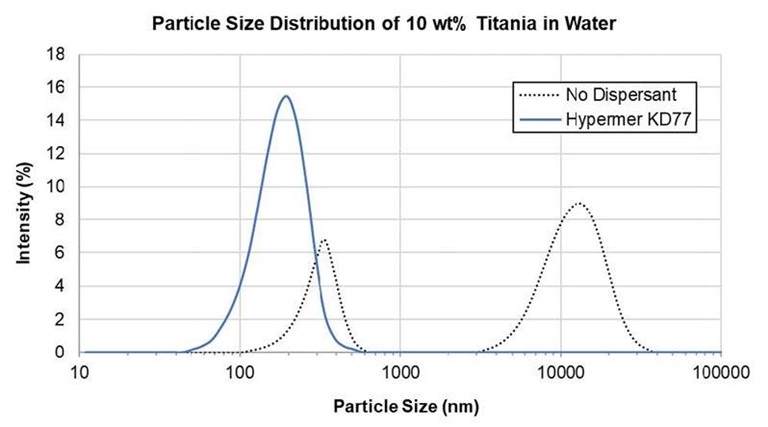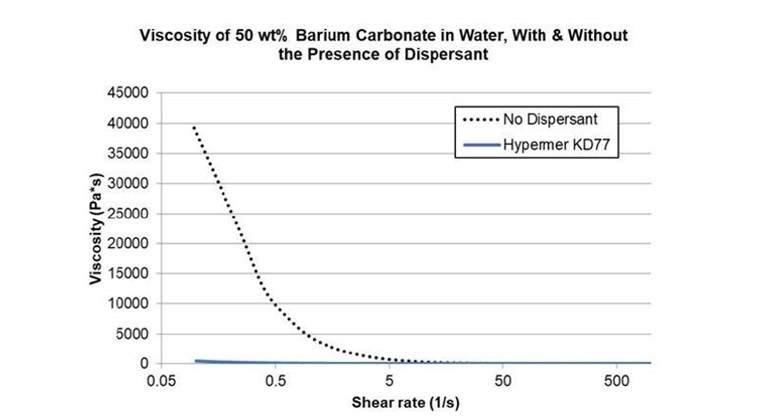
Nanomaterial technologies
Nanoparticles offer unique properties and features due to their small size. However, their strong tendency to aggregate in solution presents several challenges such as a loss of difficulty in processing and handling. Effective dispersion, stabilisation, and functionalisation of nanoparticles has therefore become a critical factor in obtaining the performance required from the market for applications such as Multi-layer Ceramic Capacitors (MLCCs) for compact electronics, as well as in other nanocomposite materials.

Enabling high performance nanomaterials
To address these challenges, we offer a range of solutions to improve the properties and performance of sub-micron particles, in polar, non-polar and aqueous systems, including both organic and inorganic particles of different chemistries.
These nanomaterials which we support include:
- barium titanate
- carbon nanotubes (CNTs)
- conductive carbon
- graphene, graphene oxide, reduced graphene oxide and silver
Key benefits of our additives for nanomaterial formulations
- Improved dispersion & solid loading for resource efficiency
- Low viscosity for consistent and easily handled pastes, slurries, and dispersions
- Improved compatibility of nanoparticles with polymeric matrices
- Applicable with broad range of solvents
- High purity and clean burn out

Particle size

Viscosity control

Dispersants
Our dispersion technologies are successfully used in a range of applications and with our knowledge can help find the right dispersant for your formulations.
Read more